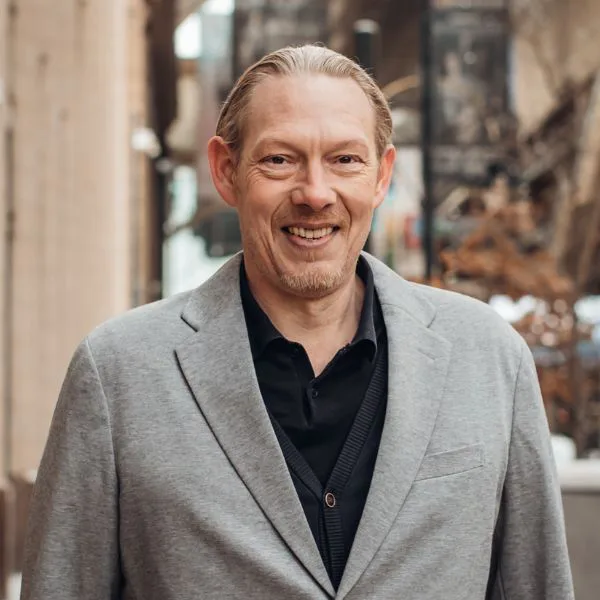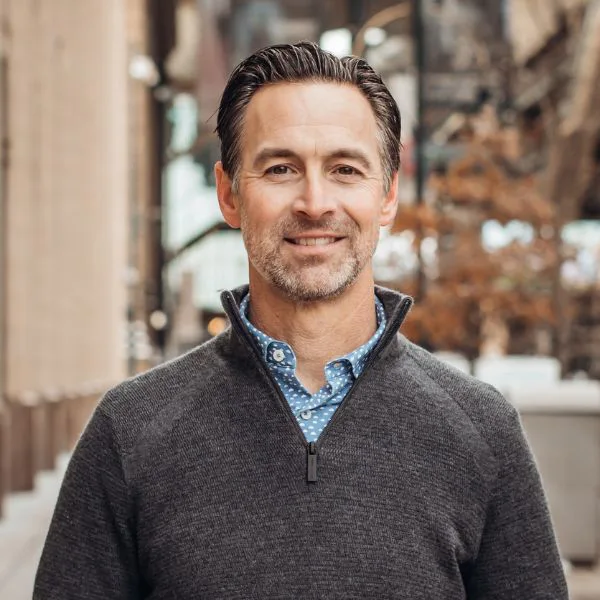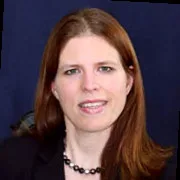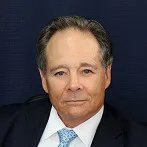We are in the early innings of the largest intergenerational wealth transfer in modern history. Over $100 trillion in assets is expected to pass from baby boomers and older generations to their heirs in the coming decades, with approximately $60 trillion of that held within the wealthiest 2% of households (Cerulli Associates).
What makes this transition unprecedented is not just the size of the capital, but also the orientation of its recipients. Many of these future inheritors may be first-generation wealth creators in their own right: technologists, private investors, digital entrepreneurs. If they aren’t creators, they inhabit and are influenced by a world that is less bound by tradition, more shaped by systems thinking, and is ultimately volatile, highly networked, and fast-moving. Increasingly, they regard legacy wealth infrastructure as outmoded and optimized for preservation rather than innovation.
The institutional reflexes of legacy firms are coming under scrutiny. A 2023 Capgemini report revealed that 81% of next-generation millionaires intend to switch wealth managers. This is not simply about generational disconnects or service preferences. It represents a strategic repositioning away from the cross-selling product driven mindset of wealth management toward something more dynamic: capital as a platform, not a fortress.
The Need for a Multi-Disciplinary Ecosystem
The traditional model of wealth management was built on singular trust relationships: one advisor who served as gatekeeper, generalist, and confidant. This model was efficient in a pre-digital, slower-moving financial landscape. Today, however, complexity has become the default condition of affluence.
Wealthy families now encounter overlapping spheres of activity: liquidity from venture investments, cross-border regulatory considerations, estate planning layered with philanthropy, and emerging asset classes that resist traditional valuation. The wealth team of the future resembles less a family office and more a modular platform: one that integrates specialists across domains and geographies.
According to UBS, 60% of wealthy millennials already work with multiple advisors, including CFO-style leads, liquidity event specialists, philanthropic consultants, and crypto-savvy allocators. These are not just transactional relationships; they reflect a new ethos of wealth leadership; one grounded in orchestration rather than delegation.
The emerging architecture of a modern wealth team might include:
- An equity strategist with fluency in secondary markets, cap tables, and post-exit planning
- A philanthropic architect who designs legacy through impact vehicles, donor-advised funds, and blended capital models
- Legal counsel adept at cross-border structuring, digital asset custody, and anticipatory estate design
- A lead advisor who operates more like a chief strategist or portfolio architect, aligning capital to a set of interlocking personal, professional, and societal goals
- Specialists across geopolitics, deep-tech, climate, Bitcoin, and other domains whose unique and high-touch insights help inform an innovative and resilient portfolio
This distributed model is not simply a response to complexity. It reflects a broader shift in how the next generation thinks about decision-making itself—decentralized, interdisciplinary, and system-aware.
Real, Human Relationships Powered by Digital Accumen
Digital transformation is not just a service channel upgrade; it represents a mindset shift in how wealth is measured, understood, and governed. Unlike previous generations who may have relied on quarterly reports and annual reviews, younger UHNW clients expect real-time data visibility, scenario modelling, and autonomous oversight tools.
According to Deloitte, over 70% of affluent millennials prefer digital-first financial services. But the real implication lies beyond surface-level preference: these individuals are pattern-recognition natives, trained by algorithmic thinking, agile development, and rapid feedback loops. Firms that see technology as just a way to deliver services, rather than as something that should shape how those services are designed, are falling behind. Today’s clients no longer accept delays or clunky processes in exchange for a high-touch experience. In their view, friction isn’t just inconvenient; it signals risk. It suggests poor alignment, missed opportunities, and a lack of relevance in a fast-moving world.
A worldview shaped by digital systems and a preference for autonomy over intermediation also impacts how emerging asset classes are considered and managed. Bitcoin, for example, is no longer a speculative fringe asset, it is a strategic allocation. Viewed as a hedge against inflation, institutional fragility, and fiat debasement, Bitcoin appeals not just financially but philosophically. For many, holding Bitcoin is as much about conviction as it is about return. Advisors serving this cohort must understand not only its investment case, but also its custody, tax treatment, planning integration, and long-term implications.
It takes a combination of real human relationships and digitally intuitive solution to deliver the right outcomes for the new stewards of generational wealth as they set out to navigate a complex and fast-moving world with geopolitical and technological trends in flux.
Purpose as a Structuring Principle
The intergenerational shift in wealth priorities is perhaps most visible in the rise of values-based investing. But even this framing may be too narrow. For many next-gen wealth holders, capital is a means of self-expression, identity, and agency. ESG is not a strategy overlay; it is often the foundation of their investment thesis.
A 2023 Morgan Stanley survey found that 84% of millennials are interested in ESG investing, compared to just 45% of baby boomers. But the real divergence lies in how these generations define value. Where previous generations might have prioritized wealth preservation and minimal volatility, younger inheritors are increasingly comfortable trading some degree of short-term risk for long-term alignment with personal or societal missions.
More importantly, many are bypassing public ESG funds in favor of direct investments in mission-aligned ventures, co-investments in sustainable infrastructure, and thematic funds focused on climate, diversity, and inclusive innovation.
This shift requires advisors not just to understand ESG scoring methodologies, but to contextualize them within broader geopolitical, demographic, and technological trends. While a portfolio should reflect one’s values, the priority for the next generation of inheritors is whether their investment decisions can drive structural change in the domains that matter to them.
Beyond Succession
Perhaps the most misunderstood aspect of this wealth transfer is the assumption that it is primarily an exercise in succession. In reality, we are witnessing an assertion of strategic inheritance—the act of actively reinterpreting what wealth is for, how it is deployed, and which systems it should influence.
For UHNW individuals who straddle both the first and second generations—those who have built wealth through innovation and are now receiving it as stewards—the boundaries are blurring. Their mandates are not backward-looking (preserve) or purely present-focused (optimize), but fundamentally forward-oriented: what institutional economist Elinor Ostrom once called “long game rationality.”
In this view, wealth is no longer a static store of value. It is a tool for governance, influence, and design. Those advisors and institutions who can engage at this level—not merely managing portfolios, but architecting futures—will become indispensable partners in an era where money alone is no longer the differentiator. The differentiator is resilient and innovative design.
Bespoke Group was founded on the premise that the next generation of wealth demands a fundamentally different advisory model: one that is agile, deeply informed, and purpose aligned.
If you’re exploring how to align your wealth with long-term purpose and strategy, we invite you to connect with us. Whether you’re establishing a family office or rethinking an existing structure, Bespoke offers discreet, high-touch advisory tailored to your needs. Contact us to schedule a confidential consultation—we’re here to help you navigate what’s next with confidence and intention.
This information is intended for general educational purposes only and should not be construed as legal or investment advice.











